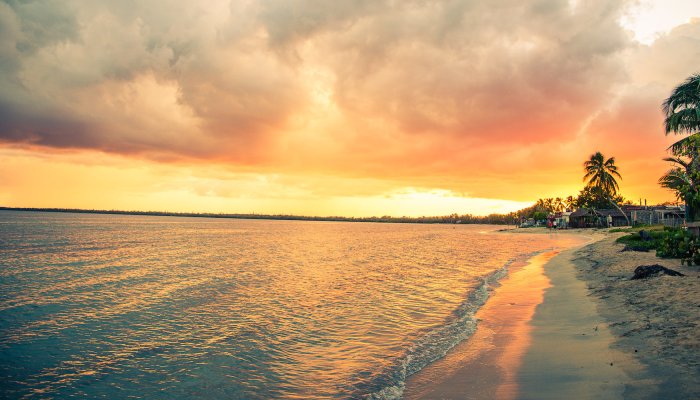Unique Wildlife of Antarctica
While it doesn’t have the diversity of wildlife seen in other parts of the world, Antarctica’s animal world is highly unique. At least 235 different species have been recorded on the continent and in its surrounding waters, with many of these classified as “extremophiles” due to their adaptations to low temperatures and dry conditions. However, not all of Antarctica’s wildlife species reside there throughout the year, with some performing annual migrations that take them to warmer climates further north.
From waved albatrosses with their immense wingspans to pods of killer whales, Antarctica offers wildlife sightings like no other. Marveling at some of these incredible species is what makes cruising to the continent so rewarding, whether you want to watch birds soaring in the sky above, seals lazing on the ice, or penguins returning home from a day out foraging.
In this article, we’ll explore the unique food web of Antarctica and the role various species play within it. From tiny krill to enormous blue whales, the wildlife of Antarctica is like nowhere else on Earth.

Antarctic krill (Euphausia superba)
Antarctic krill is one of five species of krill found in the Southern Ocean where they live in large swarms of tens of thousands of individuals. They are one of our planet’s most abundant animal species and appear like tiny versions of prawns or lobsters. While mostly transparent, the shells of krill have a red tinge and their digestive system is usually visible due to the vivid green phytoplankton (microscopic oceanic plants) they consume.
Antarctic krill extend to a length of around 2.4 inches and weigh up to 0.07 ounces, with the animals growing by molting their old shell and expanding into a new one. Studies show that they can survive more than 200 days without food during the dark and cold winter months, during which time they reduce their body size.
After feeding on the water’s surface at night, Antarctic krill sink down the water column during the day where they become food for fish, squid, whales, seals, and penguins. As such, krill is a key species in the Antarctic ecosystem, with around 500 million metric tons believed to currently exist.
Fish
As major prey for whales, seals, and seabirds, fish are important players in Antarctica’s ecosystem. The most abundant of these are the Antarctic cods (Notothenioids), which aren’t true cods, despite their name. To enable them to live within such close proximity to ice, they have antifreeze in their body fluids to prevent them from freezing.
Particularly notable is the Antarctic toothfish (Dissostichus mawsoni), which is the largest fish in the Southern Ocean. Together with the Patagonian toothfish (Dissostichus eleginoides), it has been commercially exploited and is often referred to as “Chilean sea bass”. Antarctic toothfish can grow to over 5 feet in length and weigh around 300 pounds.
The Antarctic waters are also home to Channichthyidae or icefish, which is the only group of vertebrates with no hemoglobin in their blood. Instead, oxygen is transported via a solution in the blood plasma and the fish have a noticeably pale coloration. With their long, spindle-shaped bodies, mackerel icefish (Champsocephalus gunnari) are an important source of food for Antarctic fur seals and practice vertical migration to avoid becoming prey.
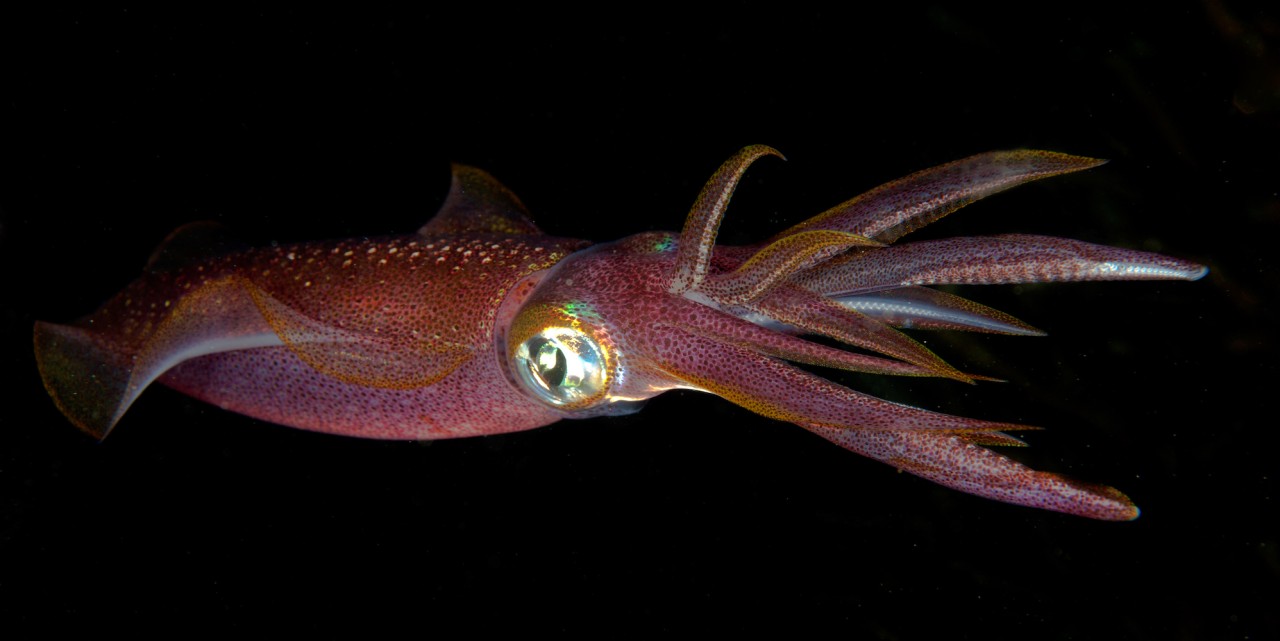
Cephalopods (squid and octopus)
Despite being common in Antarctic waters, little is known about the Southern Ocean’s octopuses compared to its squid. Antarctic squid range in size from small Brachioteuthis to the colossal squid (Mesonychoteuthis hamiltoni), which can grow up to 33 feet in length and weigh more than 1,000 pounds. It has the largest eyes of any known creature and uses bioluminescence to attract prey, although it has a small food intake due to its slow metabolism.
Also known as the Antarctic squid, the colossal squid features large hooks and suckers to capture food. While adults range at a depth of around 7,200 feet, juveniles can only reach around 3,200 feet and are an important prey of sperm whales and southern elephant seals.
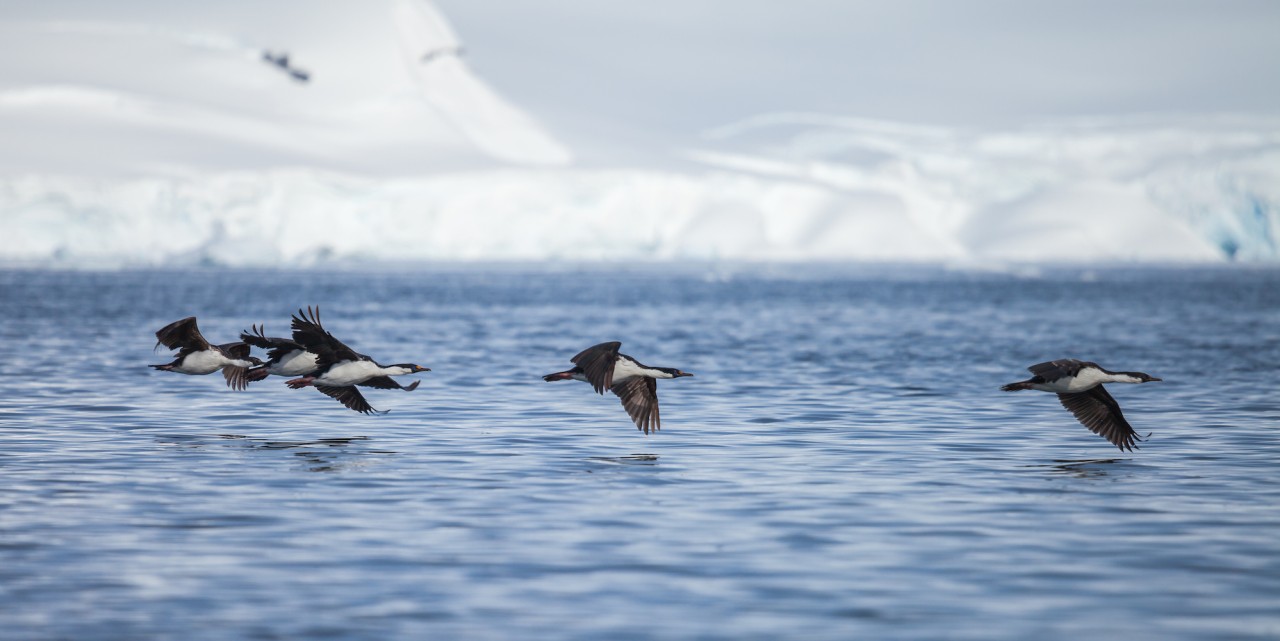
Birds
Antarctica’s birdlife ranges from the huge wandering albatross (Diomedea exulans) to the Antarctic tern (Sterna vittata) with its bright red bill and orange legs. While 35 different species have been recorded as living south of the Antarctic Convergence, only 19 of these are known to breed in Antarctica. Among these are not only albatrosses but also cormorants, skuas, petrels, and sheathbills.
Most of Antarctica’s seabirds feed on krill, fish, and shrimp, although some, such as the brown skua (Stercorarius antarcticus), hunt penguin chicks. Snow petrels (Pagodroma nivea) are known to feast on dead seals and whale carcasses while kelp gulls (Larus dominicanus) will even eat their own eggs.
Snow and ice-free nesting grounds are preferred by most of Antarctica’s seabirds, with many seeking out clifftop sites or rocky coastlines to breed. Some, such as the southern fulmar (Fulmarus glacialoides), breed in Antarctica during the summertime before migrating north in the winter months.
Due to the harsh conditions, chicks usually hatch at the height of summer when there is an almost endless supply of food. They have adapted to grow quickly and will start fending for themselves before the start of winter.
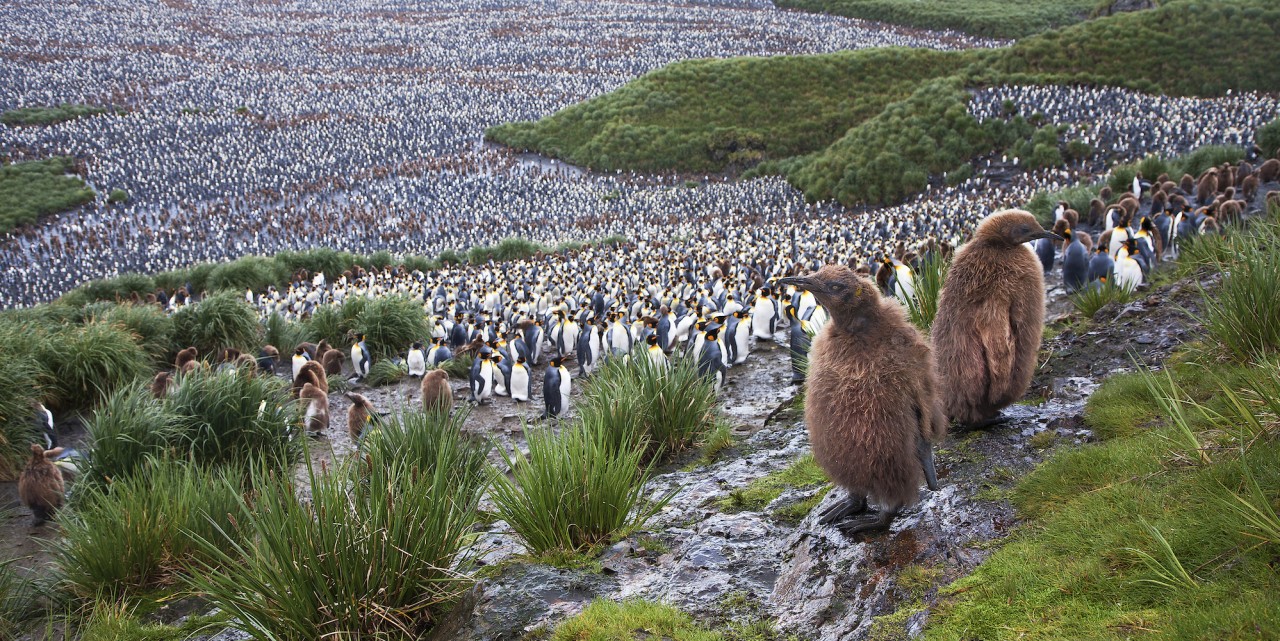
Penguins
One of Antarctica’s most iconic animals is the penguin, which is not a single species but several. They range from tall and stately emperor penguin (Aptenodytes forsteri) to the aptly named chinstrap penguin (Pygoscelis antarcticus) and the fast-diving gentoo penguin (Pygoscelis papua). While some live permanently in Antarctica, others breed on subantarctic islands where they have adapted to survive the frigid conditions.
Emperor and king penguins (Aptenodytes patagonicus) incubate their eggs on their feet to keep them off the freezing ground and perform a “rotating huddle” to survive the harsh winters. Southern rockhopper penguins (Eudyptes chrysocome) are known to spend up to 15 hours out diving for food while Adelie penguins (Pygoscelis adeliae) can jump up to 10 feet when returning from the water to land.
Many of Antarctica’s penguin species build their nests on ice-free cliffs and rocky coastlines where they won’t be flooded by melting snow. Squabbling over and stealing nesting stones is one of the reasons why penguins have a reputation as kleptomaniacs.
To help save energy, penguins waddle rather than walk and they can be observed tobogganing themselves across slippery surfaces. While swimming, they tuck their feet close to their bodies to avoid drag, something that is also achieved by continual preening. The release of air bubbles created after fluffing up their feathers helps to lubricate the penguins' passage through the water and assists in gaining bursts of speed.
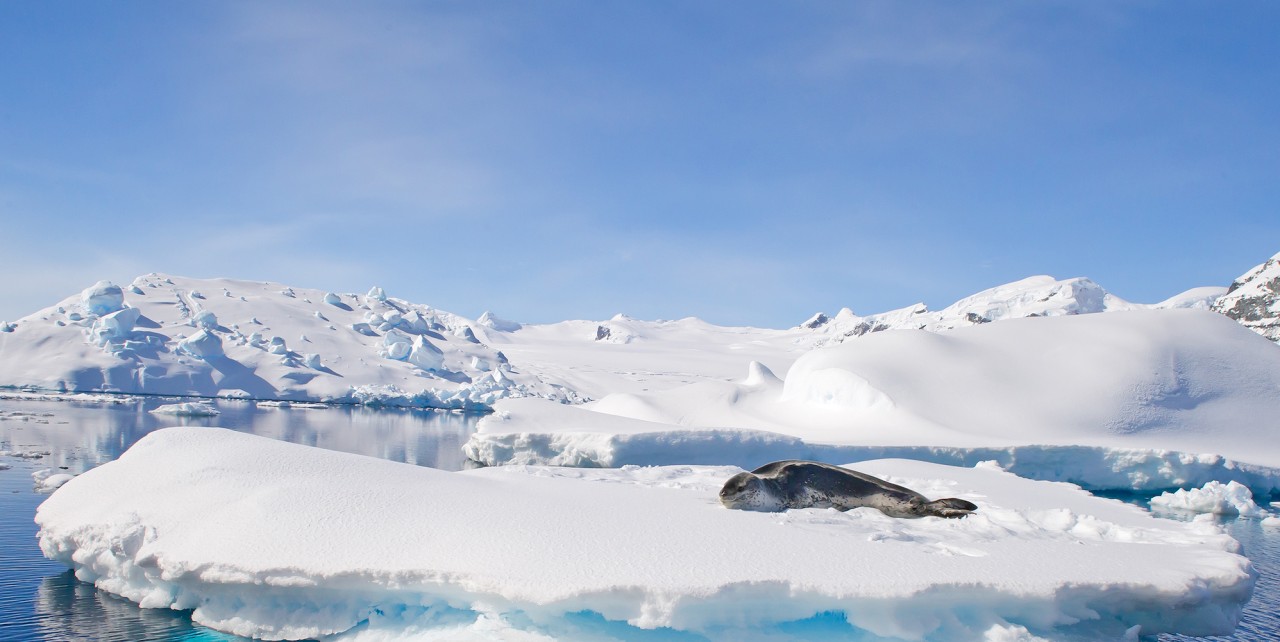
Seals
Antarctica is home to six different species of seals, which range from the small fur seal (Arctocephalus gazella) to the enormous southern elephant seal (Mirounga leonina), which can weigh up to 8,200 pounds. They can be divided into two groups - true (earless) seals and fur seals, which are distinguished by the small flap over their ears and are more closely related to sea lions.
Leopard seals (Hydrurga leptonyx), Ross seals (Ommatophoca rossii), Weddell seals (Leptonychotes weddellii), and crabeater seals (Lobodon carcinophagus) live in Antarctica’s ice-strewn habitats, with the former two preferring a solitary lifestyle while the others breed in colonies. Antarctic fur seals and southern elephant seals prefer beachside colonies to the north of the pack ice and are mostly found on and around subantarctic islands.
All of Antarctica’s seal species are carnivorous, with a diet that consists of fish, squid, and krill. Leopard seals are also known to eat penguins, as well as other seals if the opportunity arises. When diving for food, seals can descend more than 2,000 feet, reaching low-light waters that theyexpertly navigate thanks to their specially adapted eyes.
Due to the warmth of Antarctica’s sea temperatures relative to the ice, the continent’s seals spend much of their time underwater. They do, however, venture onto land to give birth and raise their young, and use the opportunity to bask in the sunshine. A thick layer of blubber helps them to survive the freezing temperatures, as well as serving as a food reserve when other sources are low.
While Antarctic seals don’t appear to be fearful of humans due to a lack of native terrestrial predators, studying their lifecycle and behavior has proven problematic. Some species breed at different locations each year and when shedding their fur, they also shed the radio transmitters that have been used to track their movements.
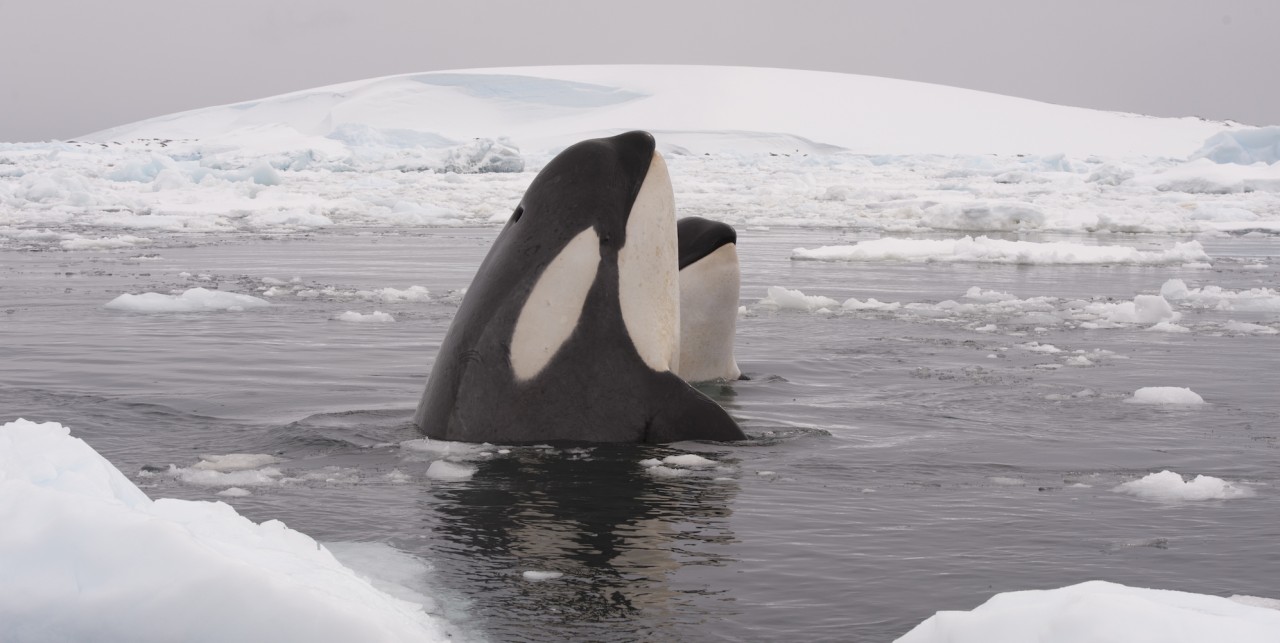
Whales
Spotting whales on an Antarctic cruise is a highlight for many, with these highly intelligent creatures spending their summers in the Southern Ocean when there is abundant krill to feast on. Aside from the endangered blue whale (Balaenoptera musculus), which is the largest animal known to exist, Antarctic waters also provide a habitat for around 75% of the world’s killer whales (Orcinus orca).
As whales are not fish (they belong to the cetacean family of mammals), they need to return to the surface of the water to breathe every 20 minutes or so. There’s nothing quite like seeing a humpback whale (Megaptera novaeangliae) breaching at the surface or seeing a southern minke whale (Balaenoptera bonaerensis) poking its pointy head out between a crack in the ice.
Due to the chilly temperatures, whales don’t breed in Antarctica and only migrate south in the summer months. If you are lucky enough to see a bulbous-headed sperm whale (Physeter macrocephalus) on an Antarctic cruise, it’s highly likely that it is a male, with females and their calves preferring to stay in the warm waters further north.
Rare southern right whales (Eubalaena australis) and fin whales (Balaenoptera physalus) can be found feeding in the Antarctic waters, as can elusive sei whales (Balaenoptera boreali) who prefer to stay well away from land. Killer whales (also known as orcas) are the apex predator in Antarctica and are sometimes referred to as the “wolves of the sea” to their pack-hunting nature. While they mostly eat fish, they also prey upon other mammals and seabirds.


